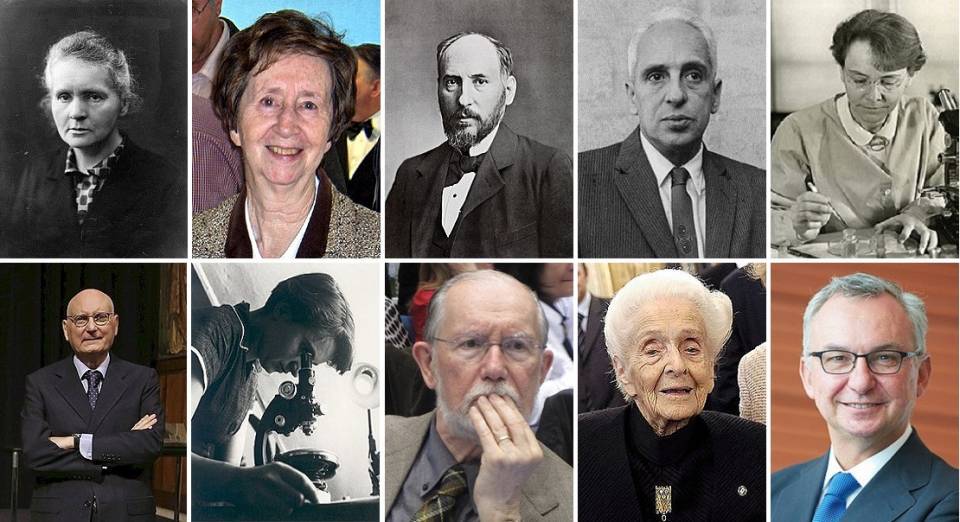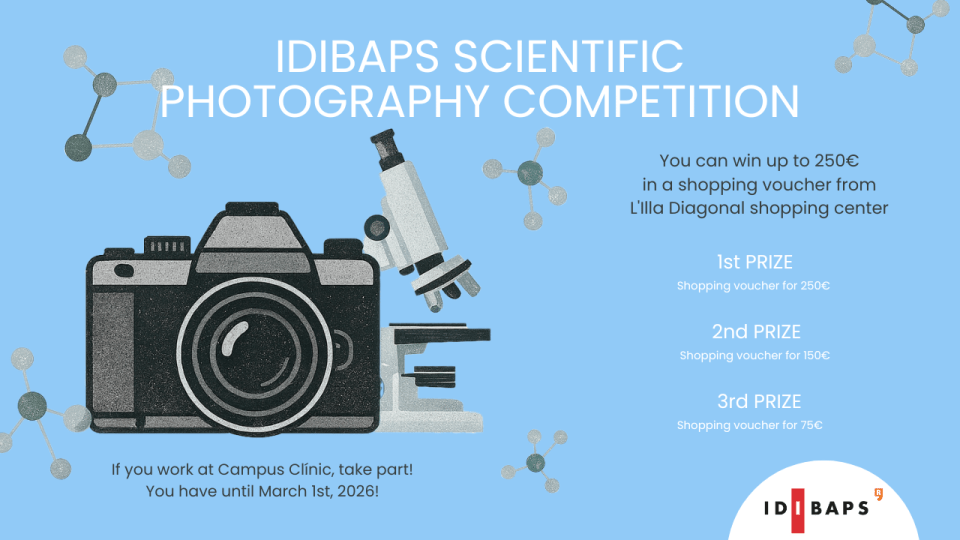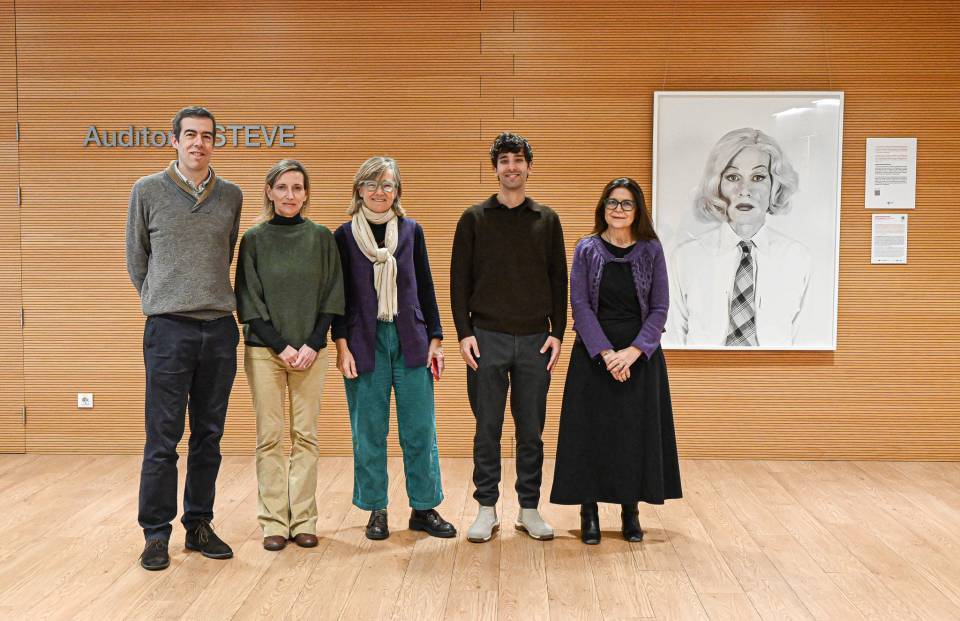Some weeks ago, a call for the employees of Fundació Clínic and IDIBAPS to collect names of important scientists to christen the meeting rooms.
Some 90 people took part and submitted a total of more than 300 proposals. A committee led by the General Services Department selected the names. To make the selection, they considered the names that appeared most in the proposals, parity between men and women, and ruled out names of people who are still alive.
With these criteria, the final selection was as follows:
CEK GROUND FLOOR ROOM 1+2: Marie Skłodowska Curie (1867-1934). Polish physicist and chemist, pioneer in the study of radioactivity. She was the first person to receive two Nobel prizes in two different categories: physics (1903) and chemistry (1911). She is a role model for many women.
CEK MEZZANINE ROOM 1: Margarita Salas (1938-2019). Spanish biochemist who worked with Alberto Sols and Severo Ochoa. She is noted for the discovery of the bacteriophage virus Phi29 and its DNA polymerase, an enzymatic protein responsible for duplicating DNA strands, with many applications in biotechnology.
CEK MEZZANINE ROOM 2: Santiago Ramón y Cajal (1852-1934). Spanish physician and scientist, specialist in histology and anatomical pathology. In 1906, he won the Nobel Prize in Physiology or Medicine for his work on the structure of the nervous system. He is considered to be the father of neuroscience and the creator of modern neuroanatomy.
URGELL LARGE/NEW ROOM: Severo Ochoa (1905-1993). Spanish physician and biochemist who became a naturalized US citizen. He won the Nobel Prize in Physiology or Medicine in 1959 for his study of the synthesis of nucleic acid. He also made major contributions in the field of metabolic enzymology and viral biology.
URGELL OLD ROOM - SMALL MEETING ROOM: Barbara McClintock (1902-1992). US botanist and geneticist specializing in cytogenetics, the branch of genetics that studies the structure and function of cells, especially the chromosomes. She won the Nobel Prize in Physiology and Medicine in 1983 for the discovery of mobile genetic elements.
URGELL OLD ROOM - LARGE MEETING ROOM / FORMER MANAGEMENT OFFICES: Joan Rodés (1938-2017). Catalan physician and Chair of Digestive Medicine, head of the department and director of research at Hospital Clínic Barcelona. He was the founder and director of the August Pi i Sunyer Biomedical Research Institute (IDIBAPS). In 2001, he received the Cross of Saint George from the Catalan government for his research on liver disease.
URGELL ROOM - FORMER FINANCIAL DEPARTMENT OFFICES: Rosalind Franklin (1920-1958). British chemist and crystallographer. Her Photograph 51 of DNA, obtained using X-ray diffraction, was decisive in confirming the double-helix structure of DNA. Rosalind’s great skill also allowed her to obtain excellent images for studying the structure of graphite and the tobacco mosaic virus.
URGELL ROOM - FORMER CONTROLLING DEPARTMENT OFFICES: Francesc Freixa Sanfeliu (1931-2012). Catalan physician and psychiatrist dedicated to the study of alcoholism and other drug addictions, as well as a leading figure in the fight against alcoholism in Catalonia and Spain. He worked with different nonprofit organizations and as a scientific advisor to different associations for recovering alcoholics in Spain.
CELLEX GROUND FLOOR 1: Rita Levi-Montalcini (1909 - 2012). Italian neurologist and university lecturer who won the Nobel Prize in Physiology or Medicine in 1986 for her discovery of the first known growth factor of the nervous system. This discovery was essential to our understanding of the control mechanisms that regulate cell growth.
CELLEX GROUND FLOOR 2: Josep Baselga (1959-2021). Catalan physician and oncologist and pioneer in the development of personalized cancer treatments, which have led to a revolution in the treatment of tumors. Director of the Oncology Department of Hospital Vall d’Hebron (1996-2020), founder of VHIO in 2006, and medical director at the Memorial Sloan Kettering Cancer Center in New York (2013-2018).




